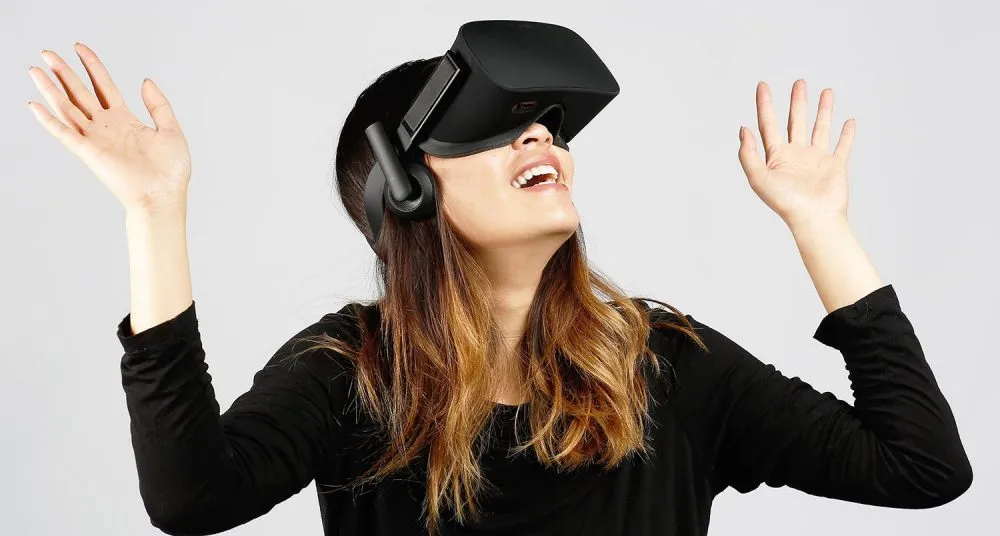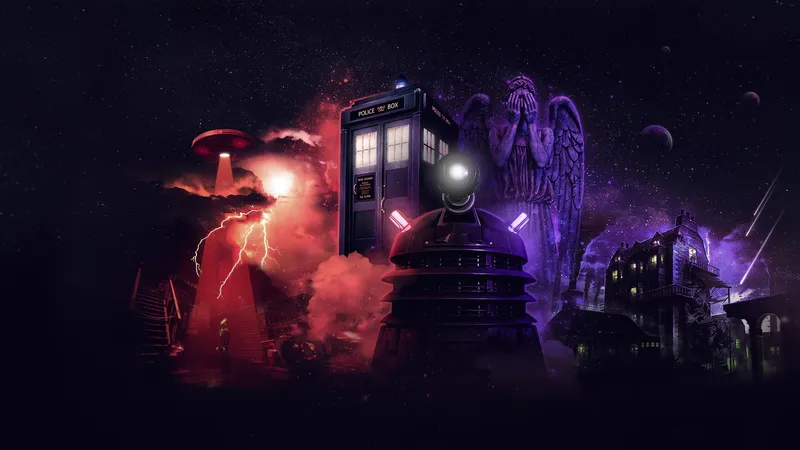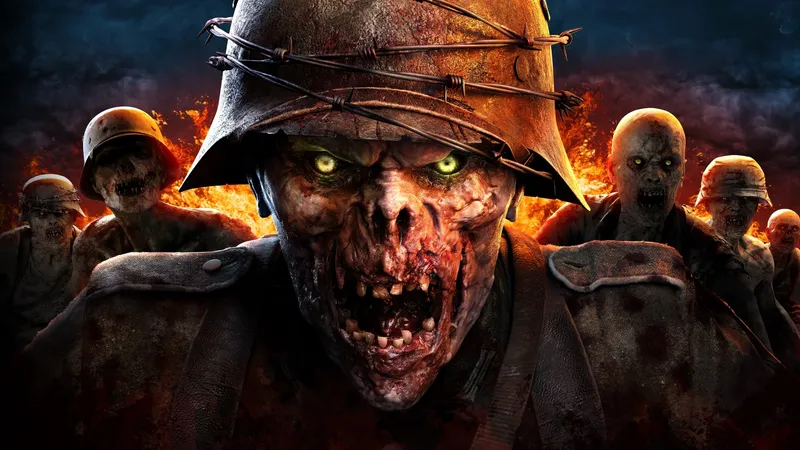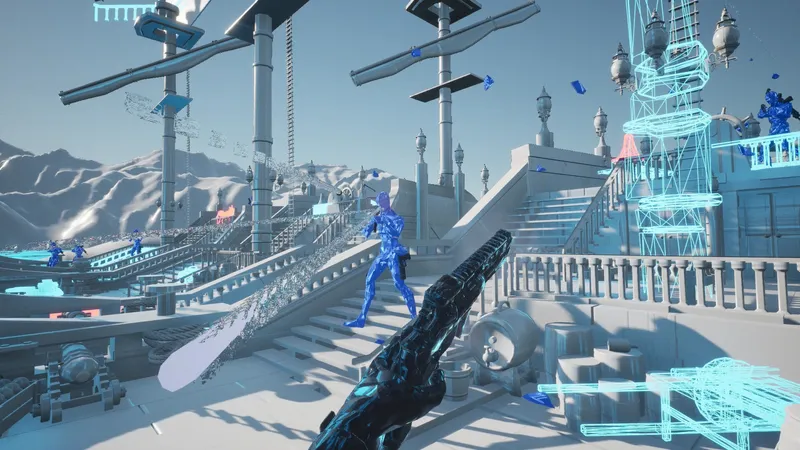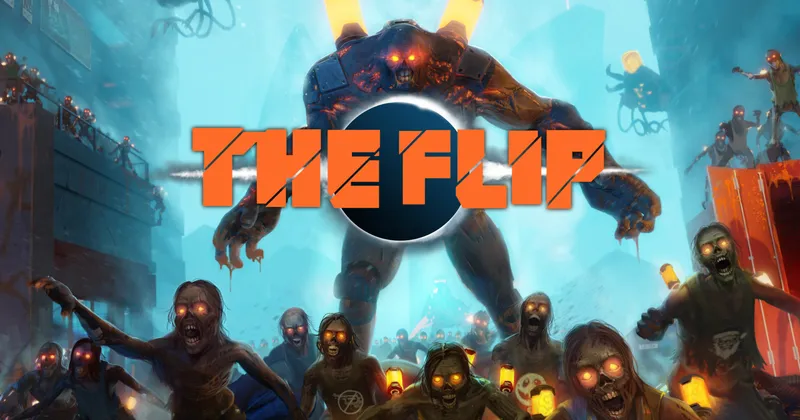At some point during VRLA weekend, I cracked a joke about the event actually being Comdex ‘82, and was rewarded with blank stares. Not surprising, given that the aside was a reference to the little-watched but totally brilliant AMC drama, Halt and Catch Fire. Three seasons in, the 1980s-set show about hackers and visionaries can actually provide several lessons for where VR could be going — and what could potentially derail it.
The first season, set in 1983 at the dawn of the personal computer revolution, follows the four leads as they work on building a portable computer and getting it down to a “featherlight fifteen pounds.” The consensus from those who oppose our heroes is that computers will never be a mass consumer good and are only good for work-related purposes, not to mention being far too expensive to interest an average consumer.
As we now know, of course, computers got lighter, smaller, and much cheaper, and are present in massive numbers of homes. But some of those arguments are being repeated when it comes to VR — the hardware is too expensive and difficult to use, not to mention a lack of use cases right now.
At this point, the few of you who watch the show probably want to correct my math — after all, the penultimate episode of the first season takes place at Comdex ‘83, and closes with the main character seeing a demo of the Apple Macintosh, a game-changer in the world of personal computing. This year’s VRLA, while offering a ton of great demos, offered nothing that felt truly revolutionary in terms of mass consumer adoption. There was no “ah-ha” moment, nothing that would make an average person want to run out and buy a headset.
But there was a palpable sense that something is coming, that we’re right on the verge of a breakthrough, and that we’ll look back on this in five or 10 years with a feeling of nostalgia for those clunky headsets and stitching errors in content.
By season two of Halt and Catch Fire, they’ve already moved past computers and onto connectivity — figuring out that the computers owned by an increasing number of civilians can connect over telephone wires, and that people can use them to talk to one another. It’s not hard to draw a parallel between this development and the rise of social VR, which is now in its infancy.
The third season also has predictive value, as the founders on the show expand outwards from simple social interactions to commerce, which could be the thing that really drives mainstream adoption of VR. Putting on a headset to explore cities or watch a short interactive clip is fun enough. But putting on a headset and being able to try on and purchase clothes using a custom avatar is when millions of people start to see the real value of the technology.
One of the most frustrating parts of working in VR right now is that pundits have put it on an accelerated timeline, expecting it to have some sort of hockey stick growth overnight. On many panels, experts were asked to predict the future of VR, but we simply don’t know where it goes. If the scientists at CERN could have foreseen Twitter, for instance, maybe they would have picked another project to work on.
The fact is, we don’t know where any of this goes — we just have to keep building, be patient, and hope that when there’s a show about all this in 30 years, it has a happy ending.
Cortney Harding is a contributing columnist covering the intersection of VR and media. This column is an editorial product of TVREV, produced in partnership with Vertebrae, the native VR/AR ad platform.

